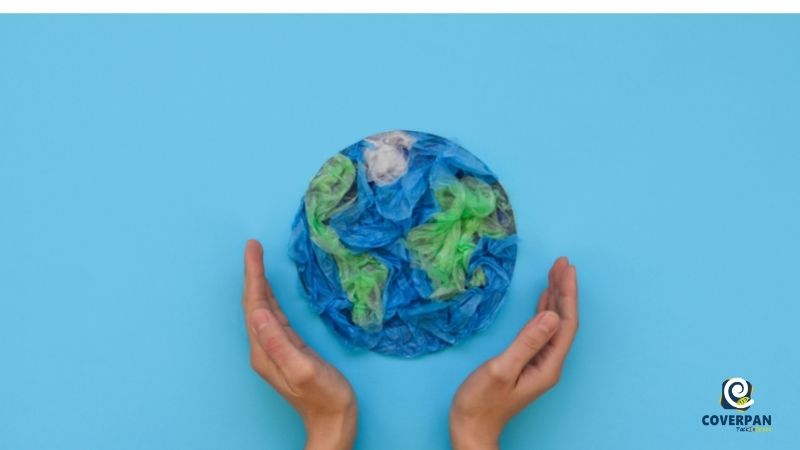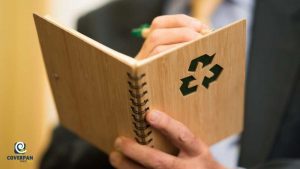Climate change is a reality and it is our responsibility to take actions that will help to improve the future. It is crucial that the packaging industry continues developing sustainable packaging to adapt to the circular economy requirements.
Consumption includes a wide list of activities that affects negatively the environment and people’s health. The yearly massive production of residues is one of these. Daily, millions of plastic tons, cardboard, metals, and other materials are used to wrapping, storing and distributing products of all types. Wrapping specific products is essential but the question is: what can we do with all of these wraps, boxes and other containers? In order to fight this, it is necessary to change to other sustainable packaging options.
New trends within sustainable packaging
The progress in the technological research and development has made possible the implementation of new materials for the sustainable packaging. The aim is to limit the use of plastic. The reduction in the use of these materials in the last years has been a 10% when it comes to plastic, and a 20% for paper and cardboards. For 2030, all containers must be reusable, recyclable or compostable, required by the 2030 Agenda.
Within the new packaging materials range, and with the goal of having plastic-free products, alternative materials as well as multilayer packaging have been gaining recognition.
A new trend called eco-design has gained reputation due to its use for improving the design, formulation, weight and dimensions of the containers.
At Coverpan we encourage the use of sustainable packaging
We have always been seeking sustainable options. That is why we manufacture biodegradable and compostable solutions for any type of packaging. For instance, our new PackInGreen range is a response for an increasing demand of plastic-free containers.




